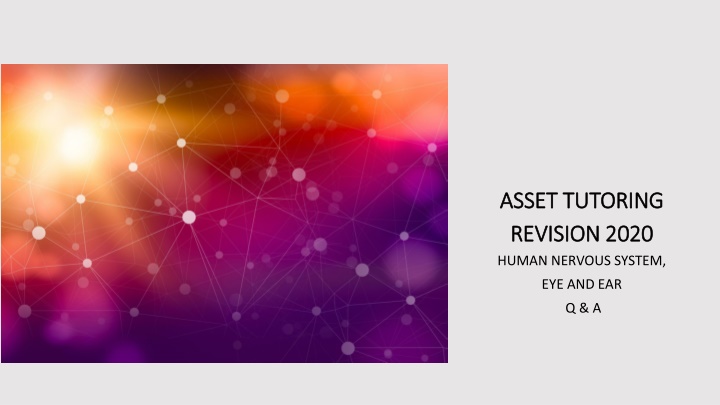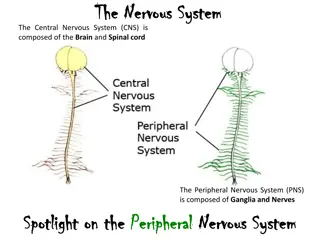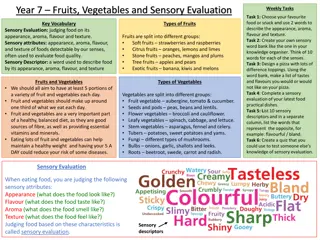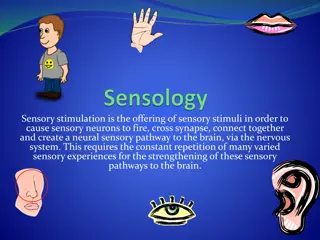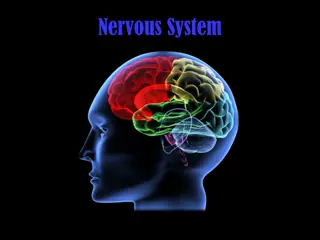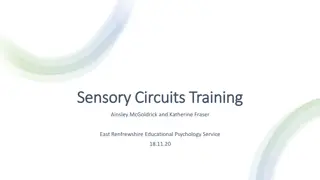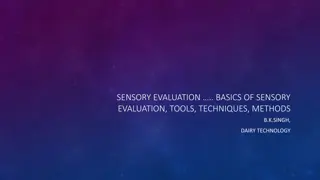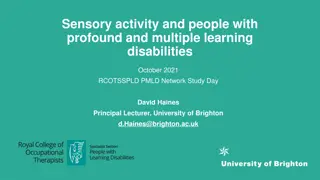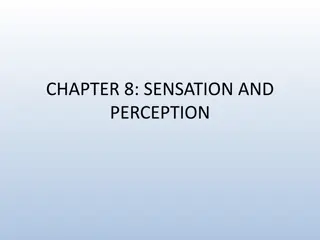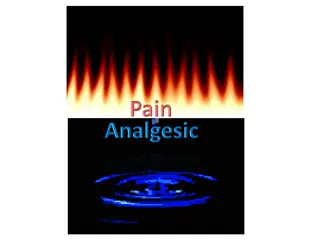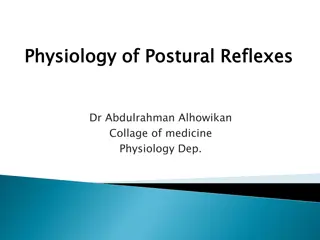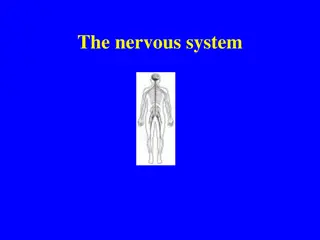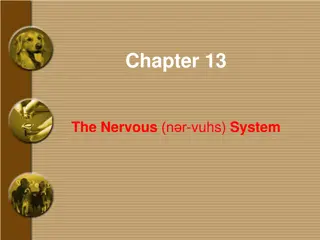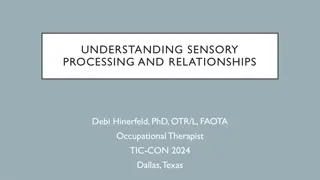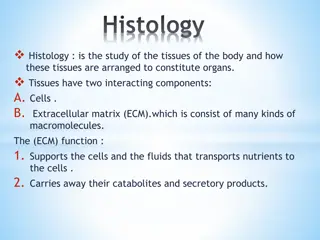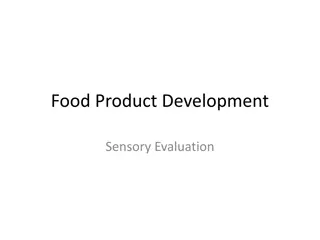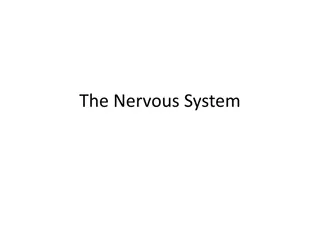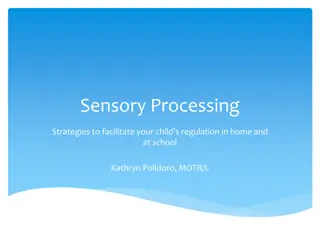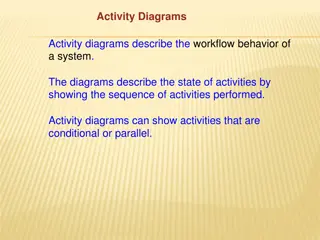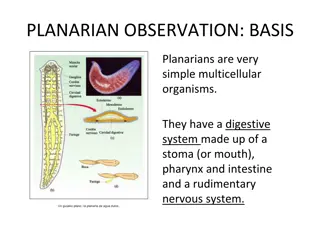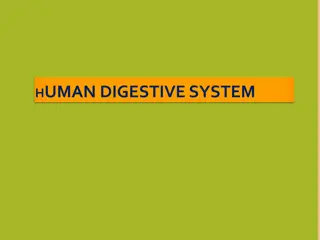Human Nervous System and Sensory Organs Revision 2020: Diagrams and Questions
Detailed content covering the human nervous system, eye, and ear through diagrams and questions for revision. Includes instructions on how to analyze and answer questions related to the diagrams provided in the study material. The content focuses on understanding the central nervous system, reflex arcs, calculations in life sciences, and application-based questions related to knowledge of the human sensory organs.
Download Presentation

Please find below an Image/Link to download the presentation.
The content on the website is provided AS IS for your information and personal use only. It may not be sold, licensed, or shared on other websites without obtaining consent from the author.If you encounter any issues during the download, it is possible that the publisher has removed the file from their server.
You are allowed to download the files provided on this website for personal or commercial use, subject to the condition that they are used lawfully. All files are the property of their respective owners.
The content on the website is provided AS IS for your information and personal use only. It may not be sold, licensed, or shared on other websites without obtaining consent from the author.
E N D
Presentation Transcript
ASSET TUTORING ASSET TUTORING REVISION 2020 REVISION 2020 HUMAN NERVOUS SYSTEM, EYE AND EAR Q & A
Q1. The diagram below represents the central nervous system in a human. Straightforward Section A CONTENT BASED questions. Remember: Read text first THEN analyse and label the drawing on the Question paper THEN read ALL the questions before answering them
Q2. Study the diagram of a reflex arc below. Remember: Read text first THEN analyse and label the drawing on the Q paper THEN read ALL the questions before answering them Q 2.1 2.3 are straightforward content based questions Q2.2 give letter AND label
Q2 continued Whenever there is a LETTER given in a Question write the label on the Question paper and use the letter and label in your answer Q 2.4 read and think before answering Q 2.5 Explain is always statement and reason Q2.6 Calculations are done on separate lines see next slide Q 2.7 easy 5 marks
How to do calculations in Life Sciences 1,5 /75 Write the answer AND ALWAYS GIVE THE UNITS, on the line below that: 0,02 seconds NB EVEN IF THE QUESTION DOES NOT STATE IT ALWAYS SHOW ALL STEPS OF THE CALCULATION. Read the question, what is being asked? Here time is being calculated How many marks are given? In this case, 3 marks Identify the numbers needed for the calculation from the question Write the numbers and the correct method/ formula for the calculation on one line:
Q3 Remember: Read text first THEN analyse and label the drawing on the Q paper THEN read ALL the questions before answering them Q 3.1 3.2 easy content knowledge Q 3.3 straight from Mind the Gap
Q3 continued These questions involve application of knowledge and therefore more thinking BEFORE answering especially Q 3.4 3.6 Whenever there is a LETTER given in a Question write the label on the Question paper and use the letter and label in your answer Q3.7 in the PPT on the Ear.
Q4 Remember: Read text first THEN analyse and label the drawing on the Q paper THEN read ALL the questions before answering them Q4.1 is content based and straight forward
Q4 continued Q 4.2 involves A LOT of reading and thinking before answering. Whenever there is a LETTER given in a Question write the label on the Question paper and use the letter and label in your answer Q 4.3 pure content and easy to answer if you know your work Q 4.4 involves A LOT of reading and thinking before answering. Start by writing what long sighted means
Section C Examiners love asking essay questions on the eye, the ear and the nervous system. Be prepared to describe accommodation, pupillary mechanism, hearing, balance, reflex action in an essay. ALWAYS give your essay answers in bulleted points and in paragraphs ALWAYS give as much detail as you know.
